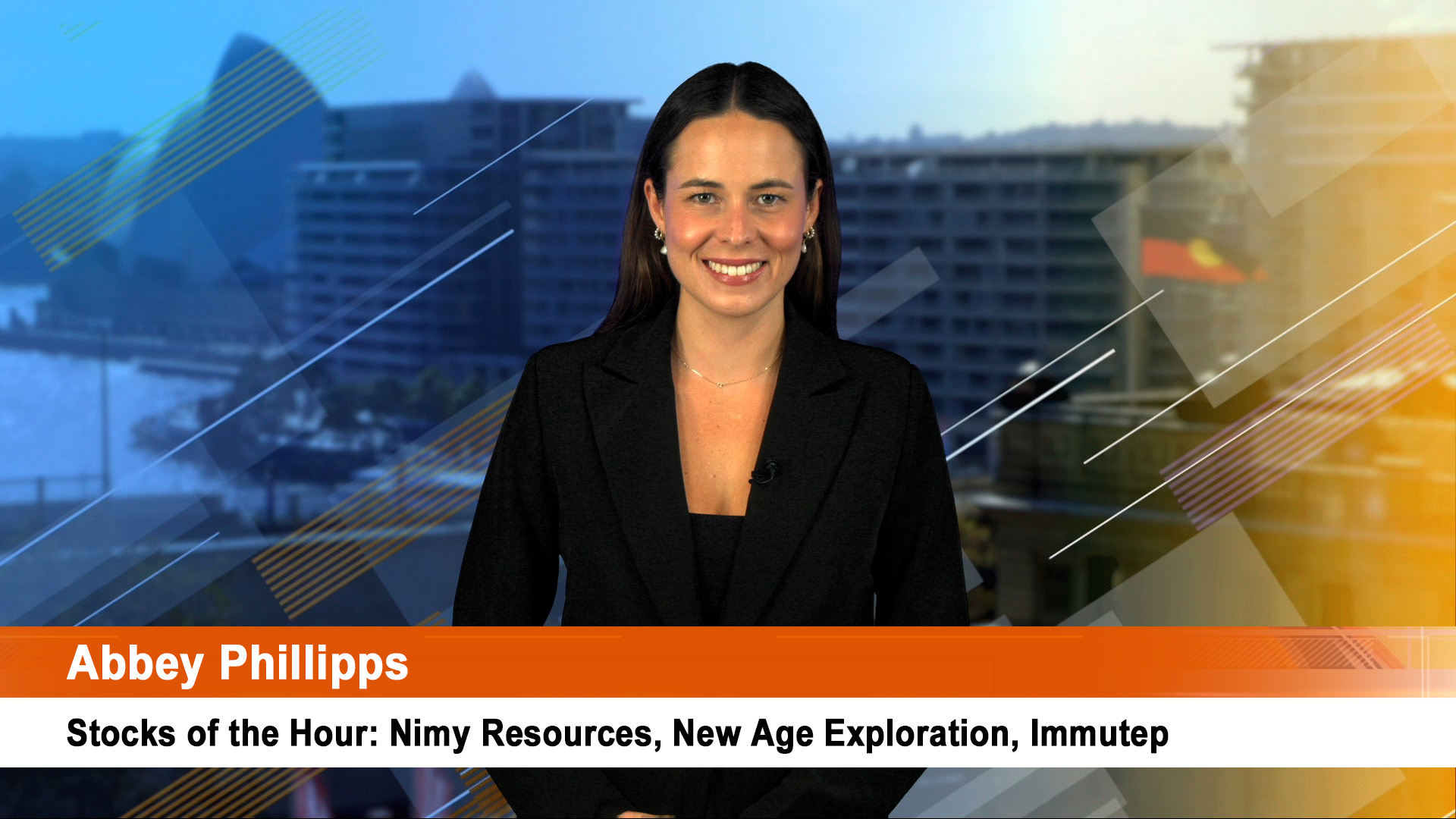There has been a greater impact on the mining services business of Orica ((ORI)) than previously expected from pandemic disruptions, but the company has enough positive aspects going forward to keep most brokers unperturbed.
Upside exists from potential stimulus to infrastructure by governments while downside risk stems from further mining disruptions and slumping commodity prices which may cause mines to close.
However, Morgans cautions that the outlook could worsen still and suggests it is too early to consider an investment in the stock, sticking with a Hold rating. The broker acknowledges the first half result was “reasonable” with the robust Australasian business a highlight.
To date, the company has experienced minimal impact on demand from the pandemic but forced mine closures and operating restrictions globally are having an effect. The most significant disruptions are in Latin America and Europe/Middle East. Australia and PNG are minimally affected, with most mining activity continuing. However, India, Malaysia and the Philippines are experiencing more significant impacts.
Orica has withdrawn its FY20 guidance for operating earnings (EBITDA) to be higher than FY19. Ammonium nitrate volume guidance has also been downgraded and customer demand is expected to return to pre-pandemic levels around November.
First half results were affected by volume losses from the NSW bushfires and -$14m in costs relating to increased east coast gas prices, as well as Burrup arbitration fees. Amid the uncertainty, Orica has reduced the first half dividend payout ratio to 40%. Should the uncertainty dissipate, UBS assesses there is scope for a boost to the final dividend back to 70%.
The reduction in the interim dividend in the first half is likely to be a temporary measure, most brokers agree, depending on whether the current earnings outlook deteriorates further but there is sufficient funding for a worse scenario.
Management expects second half volumes to be -10-15% lower than prior guidance which implies an overall drop of -6-11%. Following the normalisation of global mining activity volume growth should return. Credit Suisse assesses the new volume guidance is reasonable and adequately captures the ongoing impact of the pandemic.
UBS takes a more conservative view on the disruptions as well as manufacturing costs but notes, significantly, there has been no impact on Orica’s highest margin volumes in Australia.
It remains to be seen whether the company is being conservative, Morgan Stanley asserts, ascertaining clarity on the earnings outlook would deliver a more positive stance while appreciating the themes behind the explosives market and the company’s leadership position.
Orica and Dyno Nobel have forged ahead of competitors, with technology that enables full automation, increasing safety and productivity, Macquarie points out. March was also a record sales month for radar and laser systems.
Outlook
Macquarie had anticipated volumes would be weaker but the extent was greater than forecast across Latin America EMEA, Canada and Asia. Putting a positive spin on the results, the broker points out these are Orica’s lowest-margin regions relative to the larger and more profitable Asia-Pacific and North America.
Moreover, curtailments reflect the lockdown measures taken rather than soft demand. Hence, the impact should reduce sequentially, in the broker’s assessment. Currently mines are restarting in Quebec, South Africa, Colombia and Peru.
The company has also pointed out there is no coal-related demand weakness in Australia or Asia, despite the weaker coal prices, and North America thermal coal is now only 11% of regional volumes with offsets from gold/copper. Macquarie assesses 90% of seaborne thermal coal production remains cash positive. However, there is a risk of curtailments to mining if prices weakened further.
Expectations have been sufficiently re-based for the second half, in Credit Suisse’s view, although pricing is an added risk if it turns out to be a multi-year downturn for mining and infrastructure. Infrastructure expenditure could move in either direction, while the broker envisages more downside potential in construction that would affect the quarry segments in the US and Europe
Hence, expectations for pricing upside may need to be pushed out to 2022. Citi highlights multi-year contracts with major miners and suspects FY22 may be the “golden year” as long-term contracts typically run for 3-4 years and only a small proportion of annual sales are conducted at spot prices. Hence, material price and earnings growth could emerge in FY22 when around 40% of the contracts come up for renewal.
Orica is well situated to manage the issues, Goldman Sachs believes. The commodity backdrop may be bearish but the broker, not one of the seven stockbrokers monitored daily on the FNArena database, continues to believe the underperformance in the stock over-emphasises the impact and reiterates a Buy rating with a $19.80 target.
Burrup
The Burrup plant is now operational. Orica expects a positive contribution in the second half with production to exceed 100,000t. The plant is expected to be fully operational in FY21 with current contracts. Yet Morgans notes commentary for an average monthly production rate of 20-23,000t means the second half and FY21 will be weaker than previously expected.
Material returns are also expected in FY22 from the SAP system, which is being implemented globally across operations. Orica expects increased productivity and efficiency and a decrease in manual reporting. The launch is in the second half and, given Orica is targeting a 15% return on investment, Citi calculates this implies around $40m of additional earnings in FY22.
The Exsa acquisition has been completed and by the third full year of ownership Orica expects to achieve a US$18m synergy run rate. Macquarie assesses there is further upside from cross selling as Orica’s technology is introduced across that business and the customer base is broadened.
FNArena’s database has three Buy ratings and four Hold. The consensus target is $18.16, signalling 10.6% upside to the last share price. Targets range from $15.55 (Morgans) to $20.75 (UBS).













